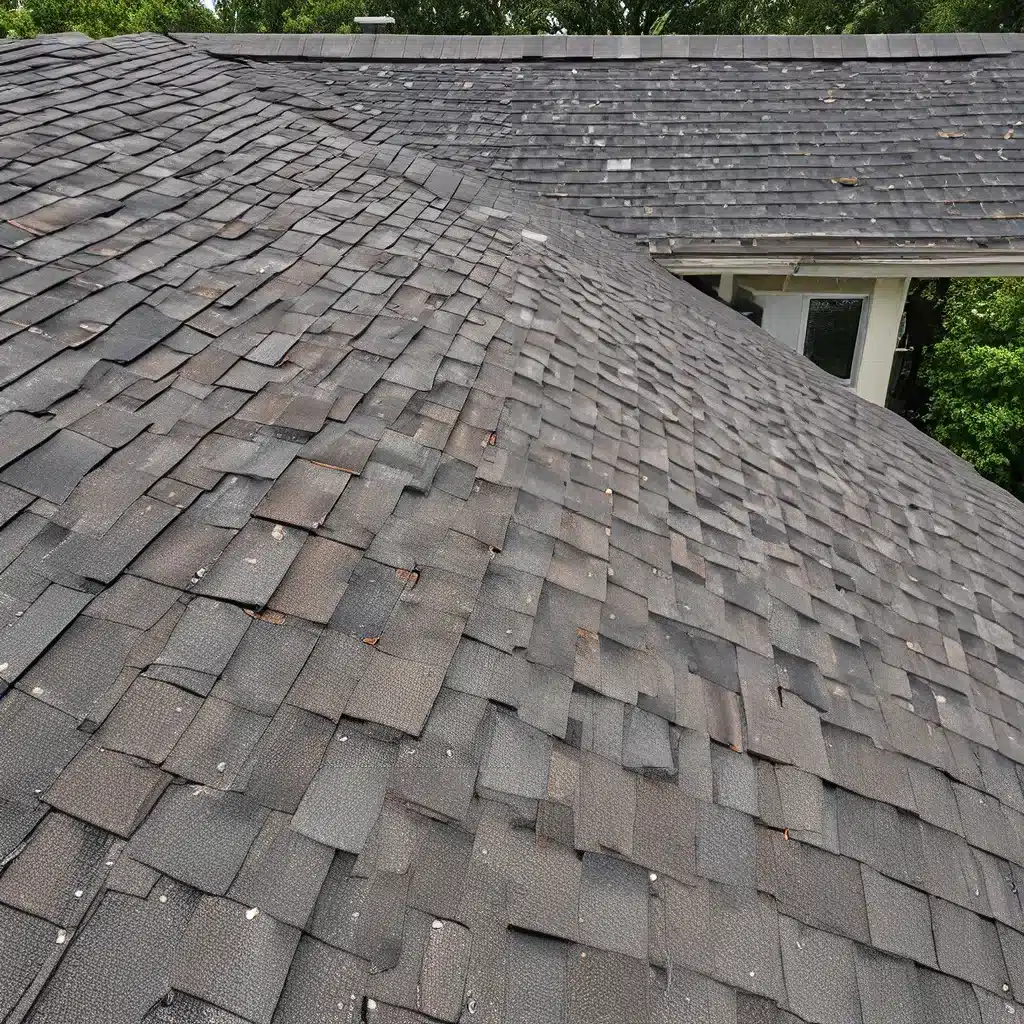
As the seasons change and the winter chill sets in, homeowners across the country find themselves consumed by the daunting task of preparing their homes for the harsh weather ahead. Among the many items on the to-do list, maintaining the roof often takes center stage. Yet, when it comes to winter roofing care, there are several common myths and misconceptions that can lead even the most diligent homeowners astray.
Well, buckle up, my friends, because I’m about to debunk those myths and separate fact from fiction. By the time we’re done, you’ll be a roofing expert, equipped with the knowledge to make informed decisions and keep your home’s first line of defense in tip-top shape, no matter what Mother Nature has in store.
Myth 1: Roofs Don’t Need Maintenance in Winter
Fact: Winter is a crucial time for roof maintenance.
It’s a common belief that once the temperature drops and the snow starts to fall, our roofs can go into hibernation, impervious to the elements. But let me tell you, that couldn’t be further from the truth. In reality, the harsh winter conditions – freezing temperatures, snow, and ice – can wreak havoc on your roof if left unchecked.
Regular inspections and maintenance are essential during this time of year to identify and address potential issues before they spiral out of control. Trust me, a little bit of proactive care can go a long way in preventing costly repairs or even a full roof replacement down the line.
Myth 2: Ice Dams Are Unavoidable
Fact: Proper insulation and ventilation can prevent ice dams.
Those pesky ice dams – those ridges of ice that form at the edge of your roof – can be a real pain in the you-know-what. But here’s the thing: they’re not inevitable. The key to preventing ice dams lies in ensuring your attic is properly insulated and ventilated.
By maintaining a consistent temperature on your roof, you can stop the snow from melting and refreezing at the eaves, which is the primary cause of those dreaded ice dams. So, before you resign yourself to a winter of ice dam-induced headaches, consider investing in some strategic insulation and ventilation upgrades. Your roof (and your wallet) will thank you.
Myth 3: Roof Snow Should Be Left Alone
Fact: Excess snow on your roof should be safely removed.
It may seem counterintuitive, but leaving a thick layer of snow on your roof can actually lead to some serious problems. The weight of accumulated snow can put a significant strain on your roof’s support structure, potentially leading to a catastrophic collapse.
And let’s not forget about the melting snow that can contribute to the formation of those pesky ice dams we just discussed. To keep your roof in tip-top shape, it’s essential to safely remove any excess snow using a roof rake or by hiring professional roofing services. Trust me, a little bit of elbow grease now can save you a world of headaches (and costly repairs) down the line.
Myth 4: Roofing Repairs Can’t Be Done in Winter
Fact: Many roofing repairs can be safely and effectively performed in winter.
I know what you’re thinking: “But won’t the cold weather make it impossible to work on my roof?” Well, my friend, that’s where you’d be mistaken. While it’s true that some roofing materials are better suited for installation or repair in warmer weather, many roofing issues can be addressed during the winter months.
Professional roofers have the equipment and expertise to work safely in cold conditions, ensuring that your roof’s problems are resolved before they have a chance to worsen. Waiting until spring to fix that leaky spot or replace a few damaged shingles may only allow the problem to grow, leading to more extensive and costly repairs.
Myth 5: Snow on the Roof Acts as Extra Insulation
Fact: Snow on the roof can lead to problems.
I know it might seem logical that a thick layer of snow on your roof would provide some extra insulation, but let me burst that bubble for you. While it’s true that snow does have insulating properties, it can also pose some serious risks to the structural integrity of your roof.
As the snow accumulates, it adds significant weight to your roof’s structure, which can cause all sorts of issues. And when that snow eventually melts and refreezes, it can create those dreaded ice dams we discussed earlier. So, instead of relying on the snow to keep your home cozy, it’s best to take a proactive approach and regularly remove any excess snow from your roof.
Wrapping it Up
In conclusion, separating fact from fiction when it comes to winter roofing care is essential for the long-term health and well-being of your home. Don’t let those pesky myths and misconceptions lead you down the wrong path – instead, prioritize regular roof inspections, proper insulation and ventilation, and timely maintenance and repairs.
By taking these steps, you can ensure that your roof withstands the winter season and continues to serve you well for years to come. Remember, a well-maintained roof is your home’s first line of defense against the elements, regardless of the season.
So, the next time you hear someone spout off about how roofs don’t need attention in the winter or that ice dams are just an unavoidable part of the season, feel free to set them straight. With the knowledge you’ve gained here, you’re now a roofing expert in your own right, ready to take on the winter weather with confidence and keep your home protected.